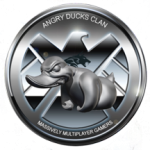War Thunder is a Massively Multiplayer Online Game Free to Play game dedicated to aviation, armored vehicles and naval units of the Second World War and the Cold War. Determined to follow the success of Word of Tanks but by shifting attention to the technical aspects of the flight technique compared to the special effects of the combat.

Intelligent battles
The secret behind the success of War Thunder, as it is said, lies in the huge variety of content offered to the player. Two different modes of play – wagons and planes – are so different that they represent almost two assesting games, which in turn turn into realistic battles and arcade battles, with the rules and behavior of radical means that change radically. And then again, tournaments, historical battles, personal battles, events. War Thunder is a complete game, a title that is so dense with content to keep up with the normal retail games.
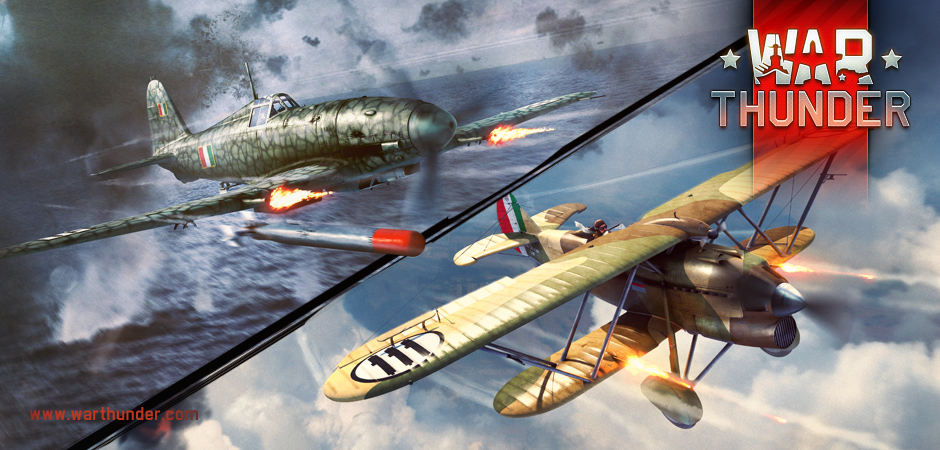
We start from the planes, the real highlight of the experience and the ground in which the Gaijin know how to show off their strengths. Arcade mode, the most played, allows you to enter into busty battles and fugitives with a mean duration of less than 10 minutes, with goals ranging from game to game. Airplane deathmatch, the way Wargaming.net branded its World of Warplanes competition, is here reduced to one of the many games available, and is rarely the case.

War Thunder is in fact an extremely tactical game, where – often – the objective is to conquer a portion of airspace, one or more aviation fields or the destruction of terrestrial enemy forces. You have understood well: destroying other planes is not theoretically necessary to win the game, but dogfighting is born spontaneously in the heavens near the targets. The presence of hunting and bombers modifies the layout of the matches, forcing players to assume roles of attack and defense.
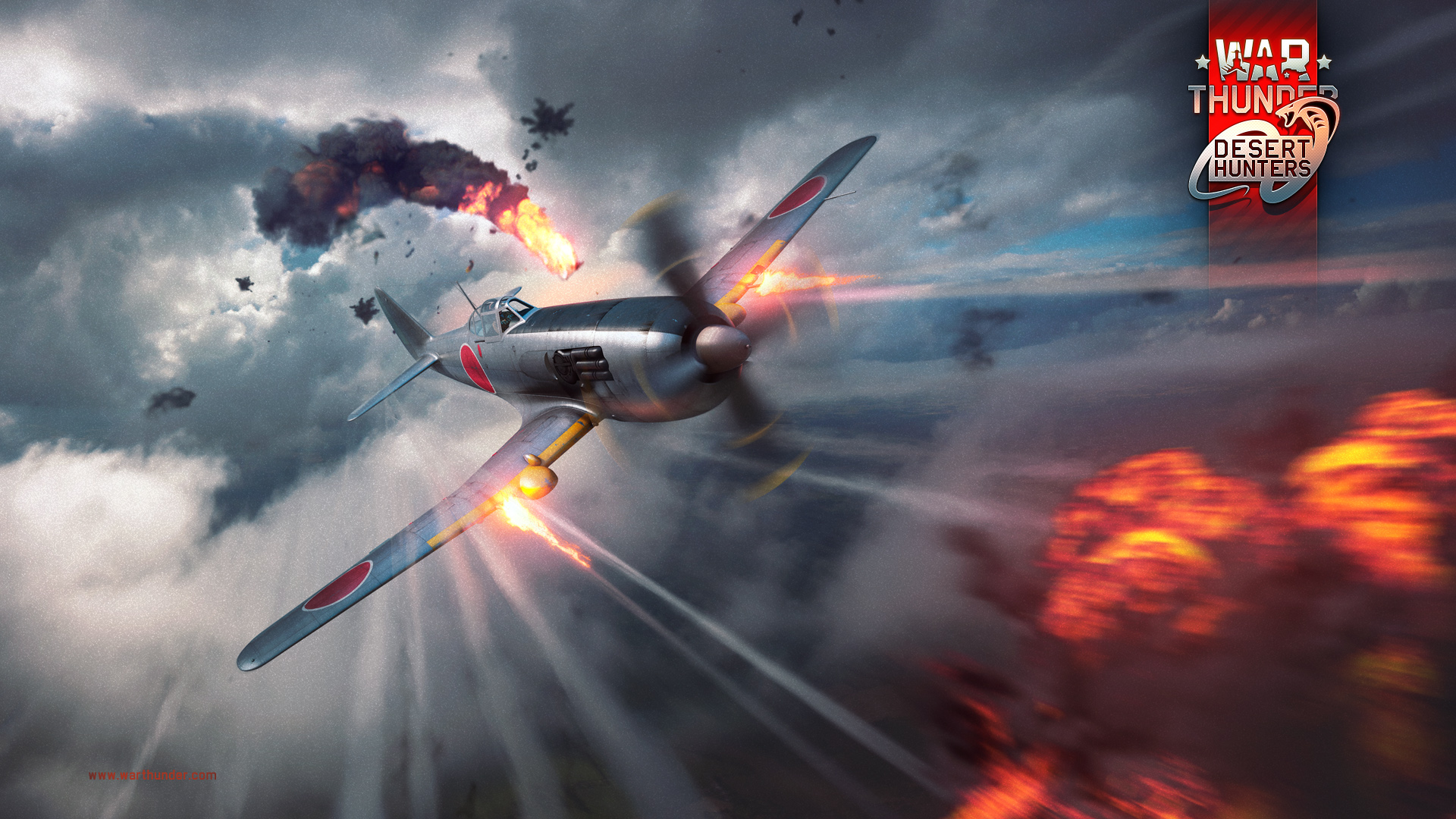
Even in arcade mode, despite a bit of physiological chaos and a number of players just trying to shoot at anything that moves, you can put into practice real tactics that often pay with excellent results in the standings. In arcade mode, the player also has the ability to use more than one crew: in the event of a killing of his own aircraft, the player can fight back with another plane and continue to play. There is, therefore, the risk of games that last a few seconds due to an impact in flight or a particularly unlucky clash.
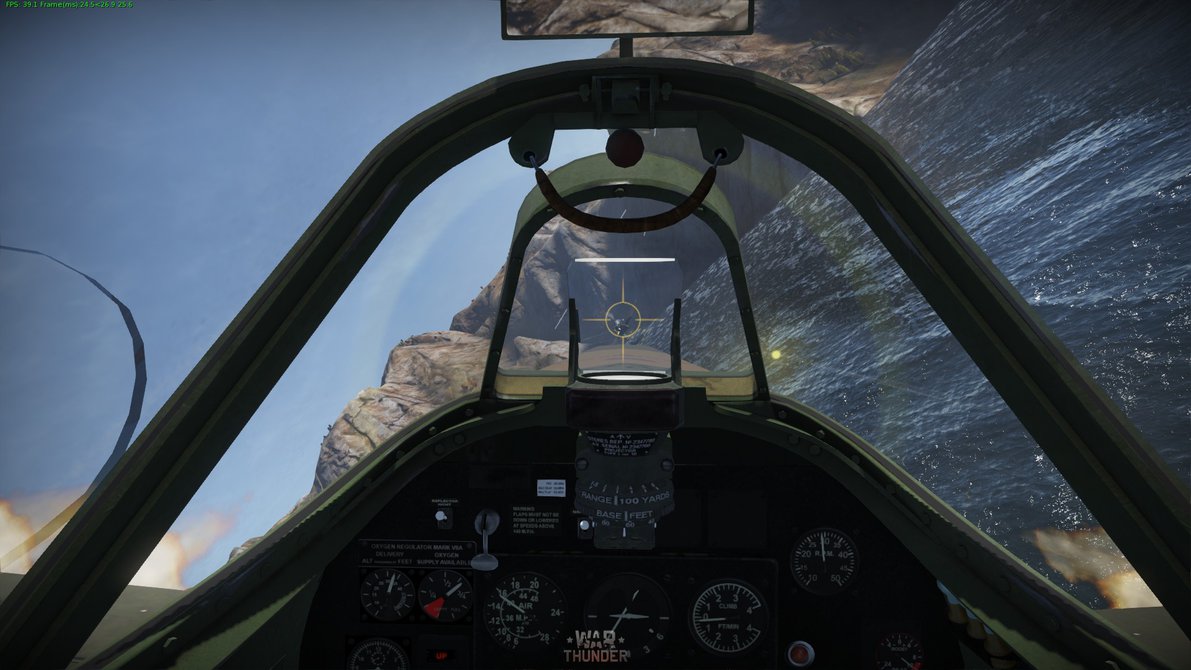
In realistic mode, however, things change deeply. First, the game uses a semi-realistic flying model, which forces the player to pay more attention to his maneuvers and confronts him with the physical limits of the aircraft, forcing him to take off from the field of flight at the beginning of each game. Secondly, all arcade-style shooting assist-like hud-shooting and deflection calculation-disappear. The aircraft also resists an infinitely lower number of shots, dramatically increasing the difficulty of the game and forcing the player to land at the base to repair any damage.
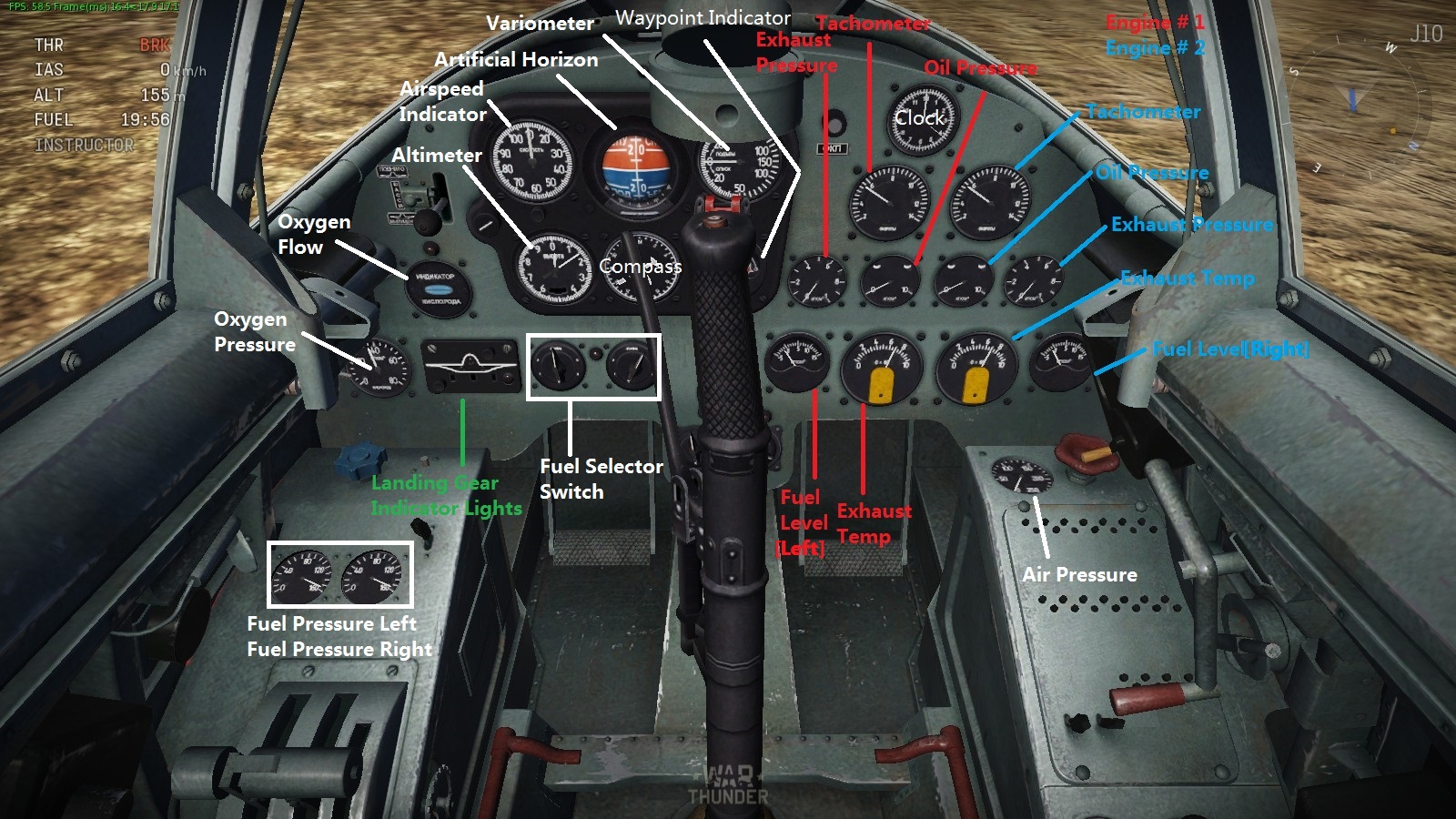
Also, there is no way to rescue it. Unfortunately, the developers did not want to go to the bottom with the simulation, introducing many compromises that prevent the aviation manias from enjoying full control of their aircraft. Although all the equipment inside the passenger compartment works, there are several options that, however, will only be noticed by the true flight maniacs.
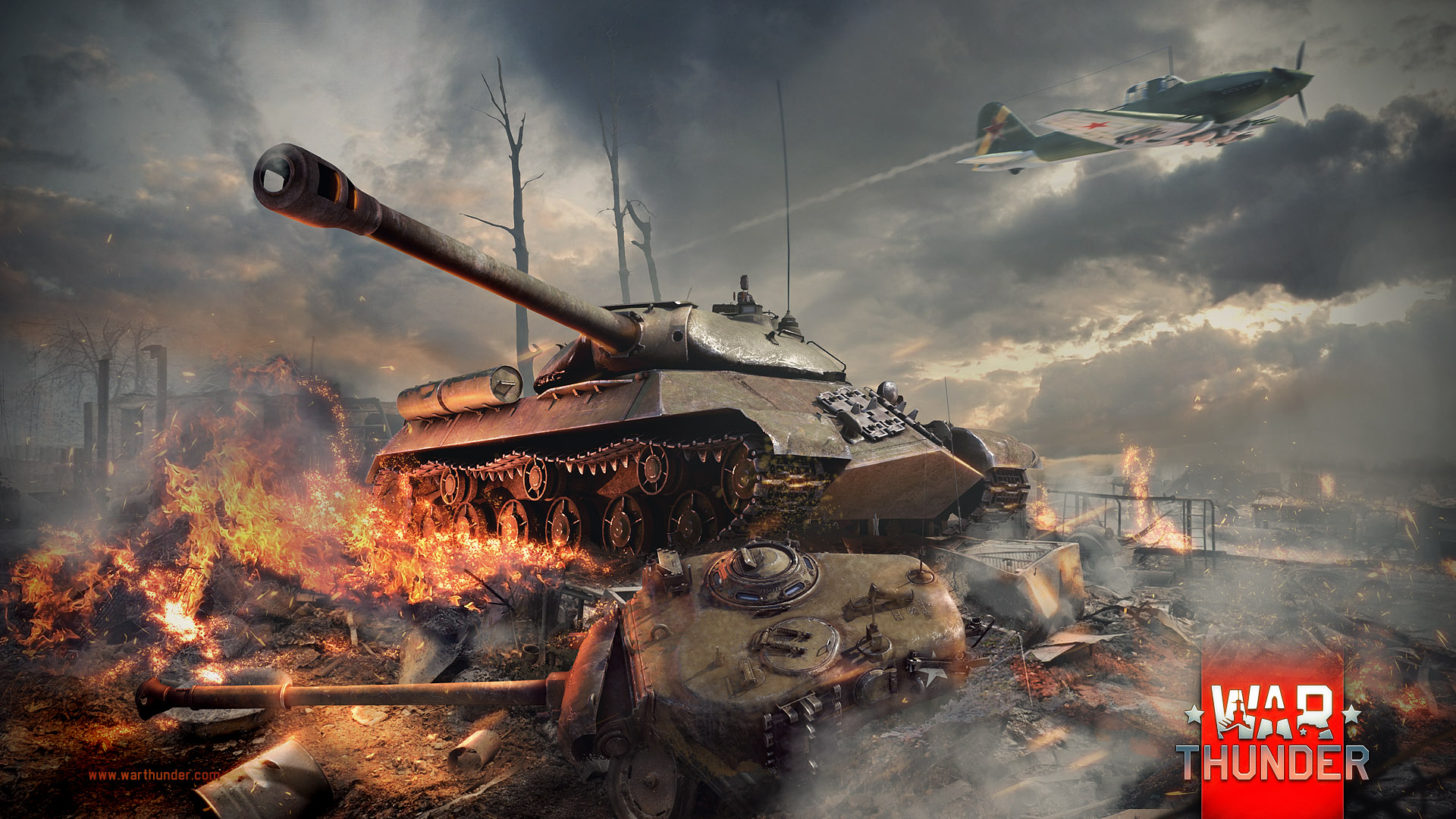
The dichotomy between arcade and simulation also applies to tanks, but with some important differences. In arcade mode, the game activates some help to the goals that allow a simple glimpse to calculate the raising of your cannon and to aim at the weaknesses of the tank opponent. Different types of bullet react differently to the armor of the enemy depending on the type of tank, the distance of the shot and the angle with which the bullet reaches the target.
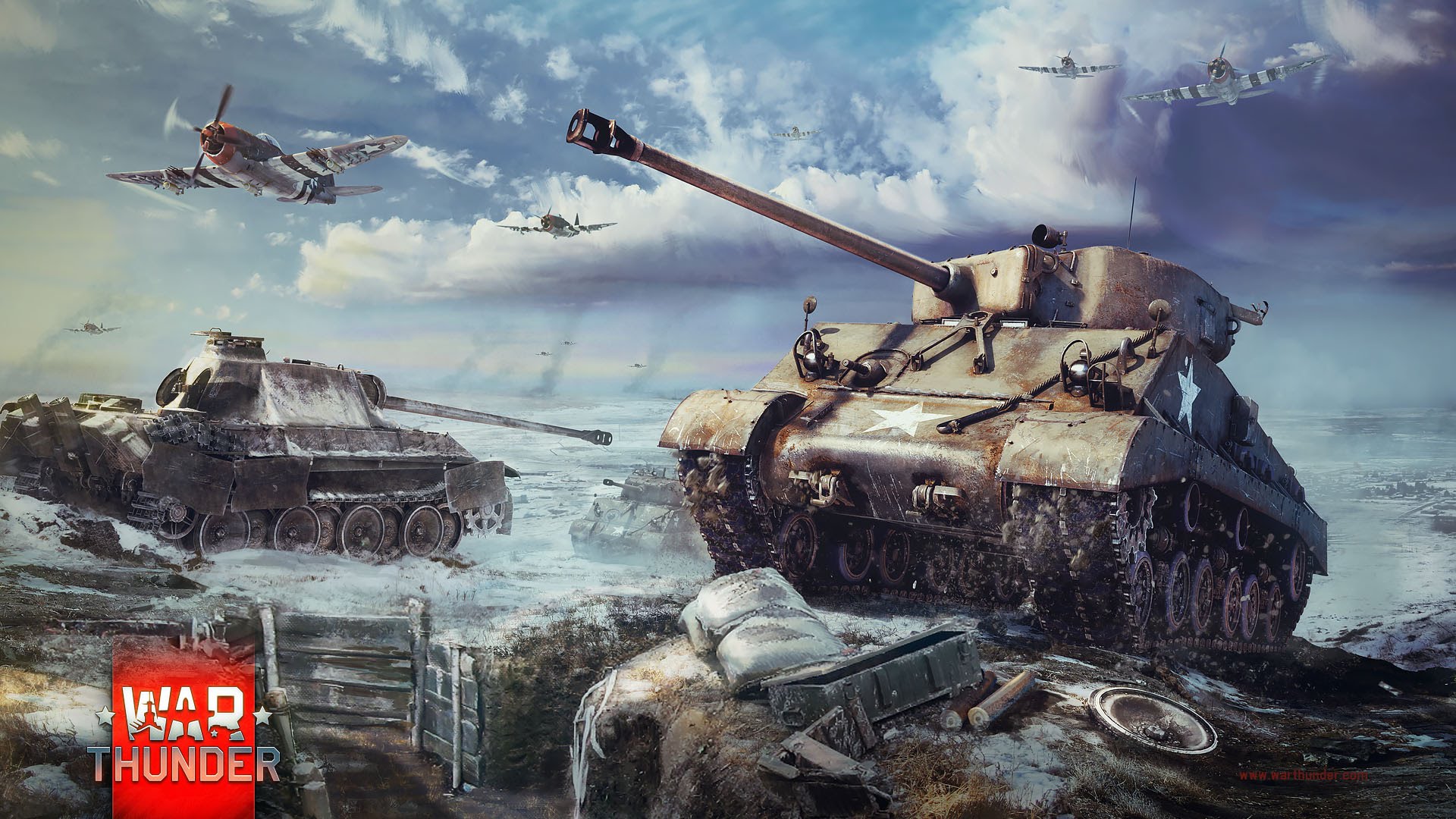
In general, in arcade mode the game is much more permissive, and it’s quite difficult to kill an attacking unit with just one shot. Damaged vehicles require repairs, and it is not uncommon to find themselves immobilized because of the death of a crew member or the break of a track. There are then several secondary options that, for example, allow fire extinguishers to fire or call an artillery attack to rescue enemies or force them to stop their advance. All this is completed with the ability to use a plane for a short time, showing the possibility of War Thunder mixing the two games enclosed in this brand within a single battlefield.
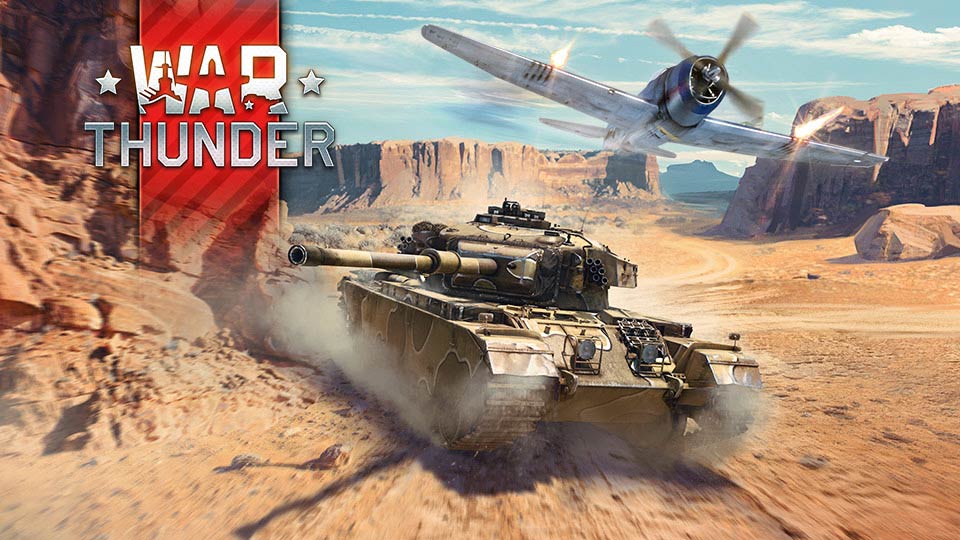
In arcade mode you have 2 respawns (for a total of 3 wagons), while for realistic mode you usually have only one wagon: killing other units and getting battle points can be respawned, with the result that in more phases advanced battles only the most skilled (or more cautious) players remain in the field. In realistic mode, all assistance to the target disappears, while planes can be chosen as a normal unit and triggered as a normal respawn, provided they reach a sufficiently high number of battle points. Even in this case, the simulation level is certainly not very high, and there are a number of features required by the community, including the ability to activate the inside view of the tank.
At the touch of a mouse and keyboard
Gaijin has chosen a rather intuitive control system for wagons and planes, which can be controlled with mouse and keyboard in a way that is not unlike any shooter. It is clear that developers have built the game around this control system, which is immediately the most practical and the most competitive. Even if you have a joystick and a pedal, you will not get any tactical advantage in battle: although maneuvering like wing sliding and evasive maneuvers are difficult to accomplish with a mouse and keyboard, the slow response of a joystick immediately puts you at a disadvantage compared to most players. From this point of view, too, simulation lovers will ruin their nose.
The economic model
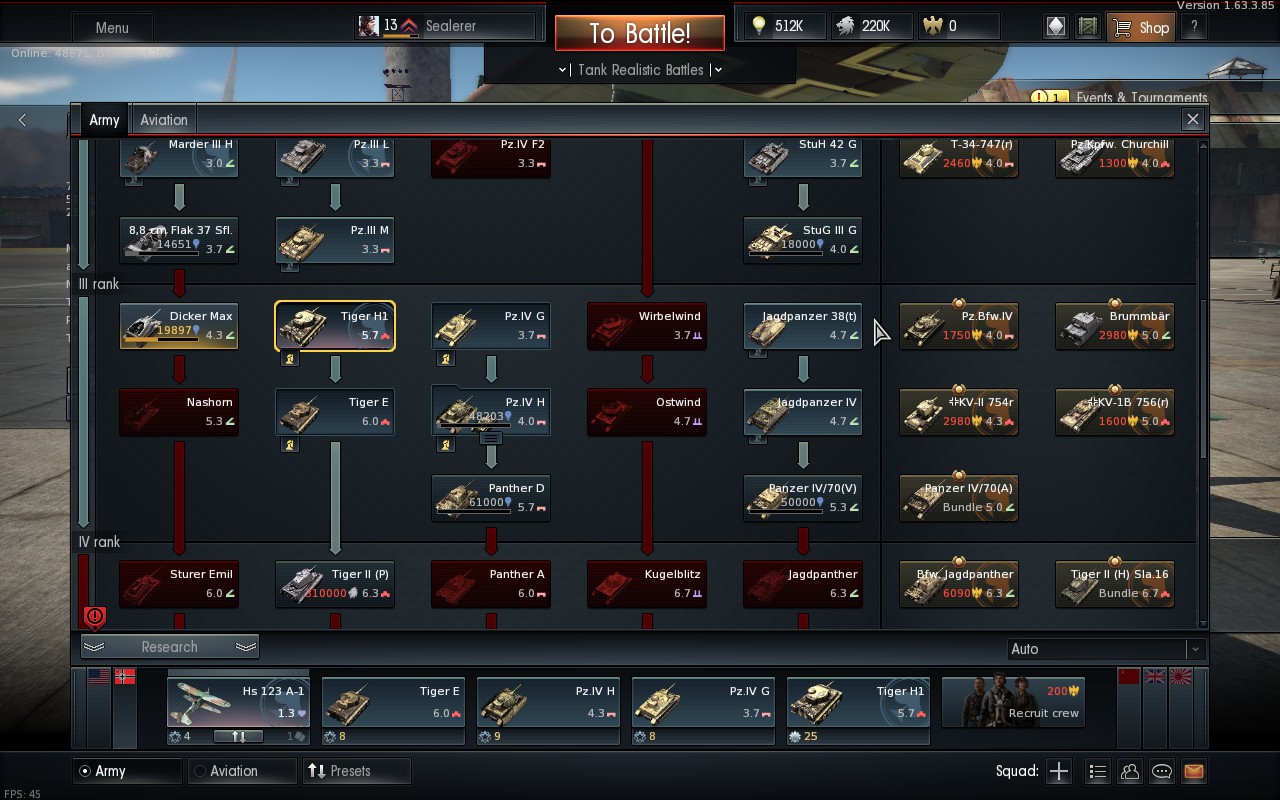
War Thunder makes use of a complex management system for tanks and planes. Once you have selected your country (five for the planes and three for the tanks, which will soon become four) you will start fighting with the base units. Battle after battle begins to accumulate experience points, free experience points, crew points, and silver lions. It seems complicated, and in fact it is: Experience points unlock new units and allow you to enhance your own vehicle or aircraft, free experience points can be used to speed up the process of upgrading through real currency spending, crew points modify the ability of each of our crew members and the silver lions are the currency needed to buy new vehicles, new components and to unlock and train new crews. Finally, there is the gold coin, gold eagles, which are paid with real money and allow you to accelerate almost all the upgrade processes, buy exclusive means and of course buy a premium subscription that doubles your experience points and the currency obtained during the matches.
